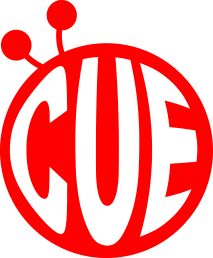As the
18th century commenced, Kabuki
lost its
popularity to ningyo joruri,
but many scripts of ningyo joruri
such as "Kanadehon Chushingura" (The Treasury of Loyal Retainers), "Sugawara Denju Tenarai Kagami" (Sugawara's secrets of calligraphy), "Yoshitsune Senbonzakura" (Yoshitsune and One Thousand Cherry Trees) and "Meido
no Hikyaku" (Courier to the Hell) were
arranged for Kabuki.


